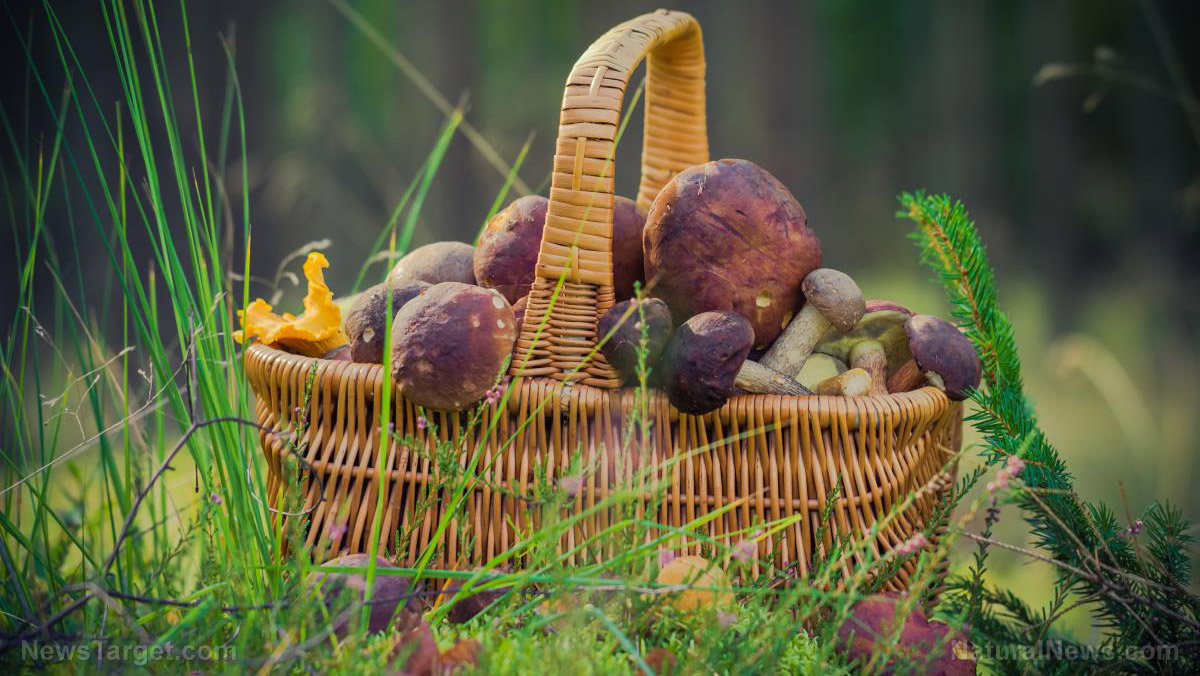
Advertisement
Gardening does not have to be seasonal, even in colder climates. There are several ways to grow crops all year round – you can start a greenhouse or try bucket gardening.
You can also start a suspended garden using hanging baskets.
Using this method, you can grow several crops in your garden even if you don’t have a lot of space. And you don’t have to break the bank to start a suspended garden. You just need to find a sunny spot in your backyard and some affordable, basic planting supplies.
Crops to grow in your hanging basket garden
Depending on the space available to you and your chosen containers, you can grow something small like herbs or bigger plants like cherry tomatoes or strawberries.
First, determine how much space you are willing to use for your suspended garden. You also need to consider how much space you can spare for your hanging pots and how much weight your ceiling or rod can handle.
If you don’t want to hang baskets or pots from the ceiling, try other alternatives like a garment rack.
With a garment rack on wheels, you can easily move the garden from room to room so plants can get enough sunlight. A garment rack with wheels will also make it easier to move your plants indoors or outdoors.
When choosing vegetables for your hanging garden, remember that it’s best to grow small or light plants like the following:
- Baby carrots
- Beans
- Bok choy
- Cape gooseberries
- Cherry tomatoes
- Cucumbers
- Dwarf eggplants
- Leaf lettuce
- Leaf mustard
- Pearl onions
- Peas
- Peppers
- Radishes
- Shallots
- Spinach
- Spring onions
- Strawberries
- Swiss chard
- Tomatillos
- Zucchini
Herbs:
- Basil
- Chives
- Lemon balm
- Marjoram
- Mint
- Oregano
- Parsley
- Sage
- Thyme
Edible flowers:
- Calendula
- Chrysanthemums
- Dianthus
- French marigolds
- Fuchsia
- Nasturtiums
- Pansies
- Violas
What not to grow in hanging baskets
You can experiment with growing bigger crops, but here are some vegetables that you need to avoid planting in your hanging garden:
Heavy vegetables
If you have a basic hanging garden, avoid heavy plants like large tomatoes or potatoes. There are two reasons for this. One, the vegetable itself is already heavy. Two, the plant will become heavier as it grows.
This is bad because no matter how strong your ceiling is, a hanging pot can only hold so much.
Root vegetables
Even though your plants are suspended in a hanging garden, you also need to consider what will go on under the surface. You may encounter problems with root vegetables if you keep them growing for too long in an average indoor pot.
Unless you have an elaborate system that can handle deep and heavy pots, grow most of the rooted veggies outdoors.
Tall crops
Like heavy root vegetables, tall crops won’t grow well in a hanging basket.
Basic tips for starting a suspended garden
Here are some tips that will help you set up a thriving hanging garden:
Use a sturdy hanger
Indoor pots can be decorative and pretty, but you need to use a sturdy hanger with the pot. The weight of many veggies could be heavier than a typical house plant or herb.
Choose a pot of the right size
Some crops need to be grown in a gallon-sized basket or pot. If you’re growing smaller plants, you can use a smaller pot. When growing larger plants, make sure you use an even larger pots.
Use the right kind of soil
Purchase the right kind of garden soil or create a nutrient-rich soil that is best for growing vegetables.
Follow seed packet directions
Always check seed packet directions before planting the seeds. You could also bring outside plants indoors during winter and hang them in the same manner.
Transplant the plant according to what is best for that particular plant. Make sure the new container has enough room for the roots as well.
Give plants enough sunlight
Double-check how much sunlight your chosen crop requires and how much sunlight they can get in the area you will be hanging them in.
If the hanging area isn’t very sunny, take the baskets down for several hours and place them on the floor where the sun shines for longer periods.
Ensure proper drainage
Use pots that have adequate drainage components. Your plant could drown if the soil in the container isn’t drained naturally.
Maintaining crops in your suspended garden
Crops in a hanging garden need to be maintained just like crops in a regular garden.
Watering
Your crops need to be watered regularly so they can grow well. Check your plants and follow directions based on what veggies you choose to grow.
Fertilizing
Some plants need some fertilizer to grow well. Use a natural compost full of beneficial nutrients to keep your crops chemical-free.
Pruning
When pruning crops in hanging baskets or pots, remove any dead area to help stimulate new growth.
Harvesting
Harvest your plants as needed to enhance plant production and help keep the plant healthy.
Keep these tips in mind while planning your suspended garden. When you’re ready to start, choose the right crops, use sturdy hanging baskets and water your plants regularly for a great harvest year-round.
Sources:
Advertisements







